A local revival: Lytham Hall in Lancashire brought back to its former glory
A local initiative has returned Lytham Hall in Lancashire from a building in danger to a well-loved and intensively used property. John Martin Robinson reports.
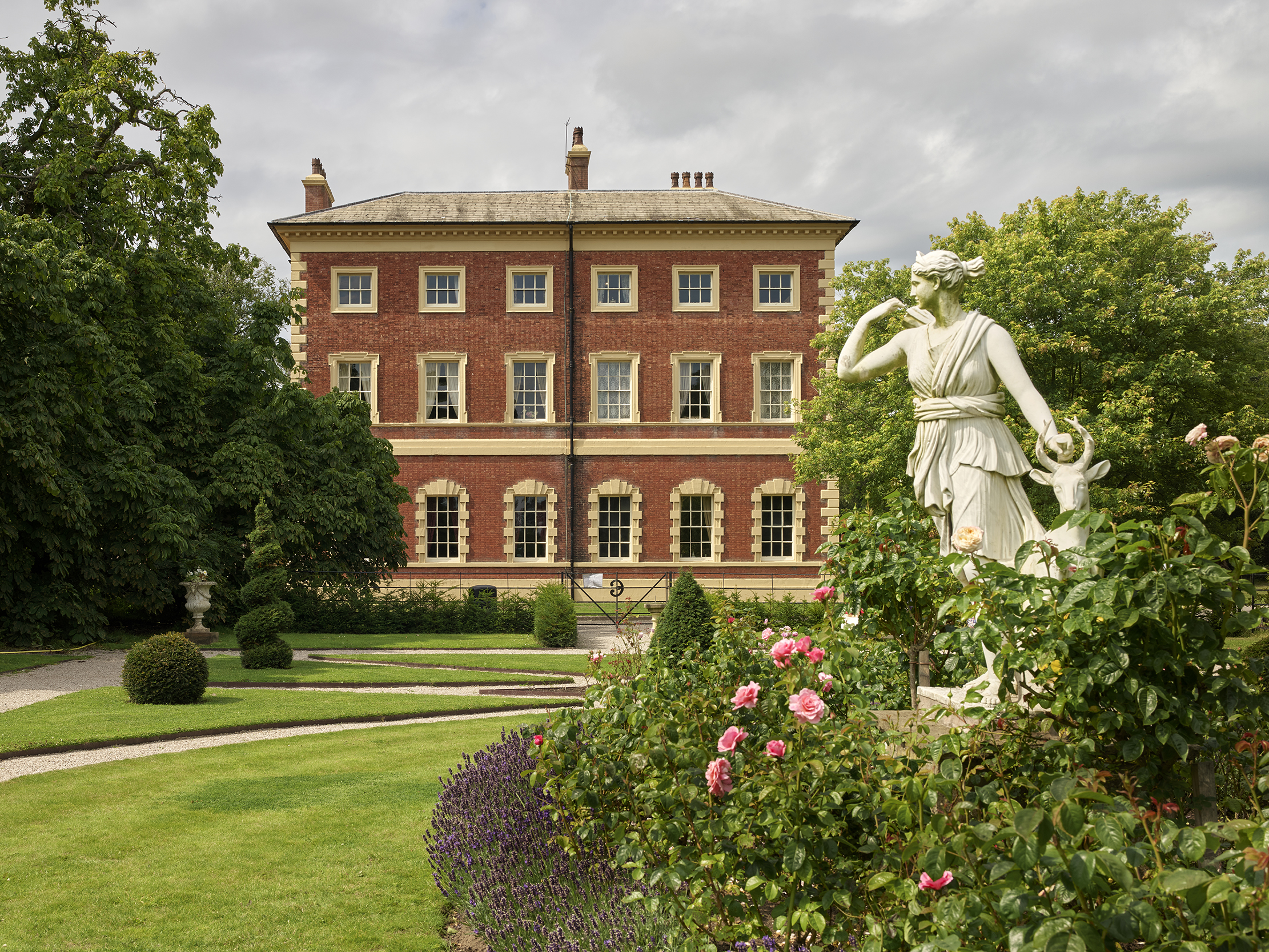

Lytham Hall is a heartening story of the survival and revival of a distinguished Lancashire Georgian house. A fine work by Carr of York, echoing Fairfax House in York, it contains magnificent craftsmanship by the York School carver Daniel Shillitoe and the stuccoist Giuseppe Cortese (Fig 7). The house could easily have been demolished in the 1960s, but owes its survival to an unlikely chain of events and heroic local efforts. These have culmin-ated in the full-scale restoration of the house and garden over the past five years.
The photographs accompanying the present article show the rooms authentically decorated and fully furnished, with no hint of the economic vicissitudes, sales of contents, changes of ownership and intervening institutional use since the house was last recorded in these pages, when it was still in occupation by the family that originally commissioned it, the Cliftons (Country Life, July 21 and 28, 1960).
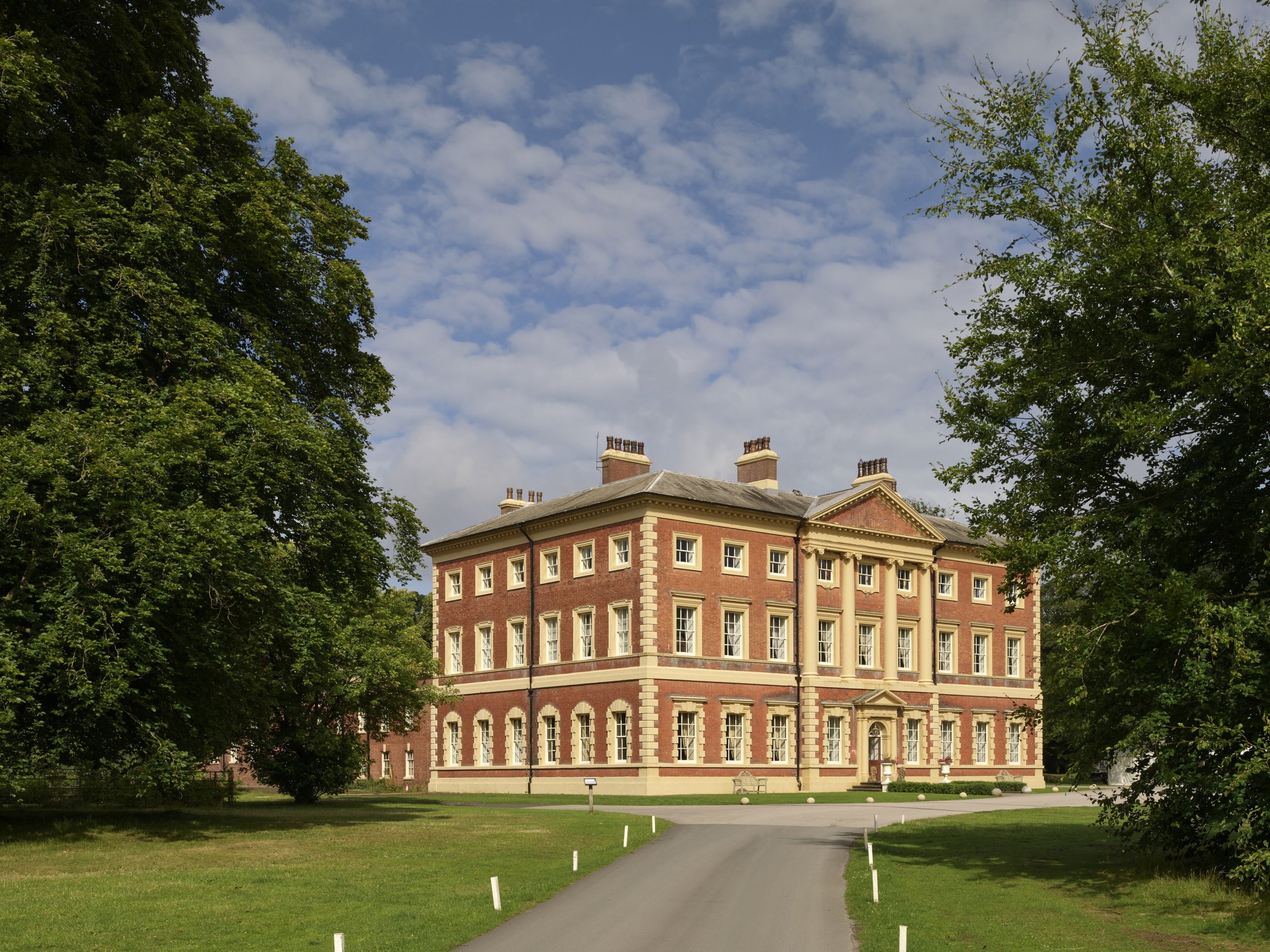
This year marks the 300th anniversary of John Carr’s birth, so it seems an appropriate time to revisit one of his best surviving houses: a cheerful red-brick gentry box with an understated Classi- cal exterior complete with attached Ionic portico and containing handsome rooms. These show both Carr’s Rococo style and his later, more Adamesque manner.
There is also a stuccoed staircase hall (Fig 2), which is one of his masterpieces. Carr was commissioned to build the house in 1752 by Thomas Clifton (1727–83) and the main part was completed by 1764, although the drawing room (Fig 5) and dining room, the latter with an apsidal sideboard recess (Fig 4), were created in the 1790s for Clifton’s successor. Much of the furniture was supplied by Gillow of Lancaster, who frequently worked for fellow Catholics, as at Everingham in East Yorkshire for the Constables, another Carr house with strong parallels to Lytham.
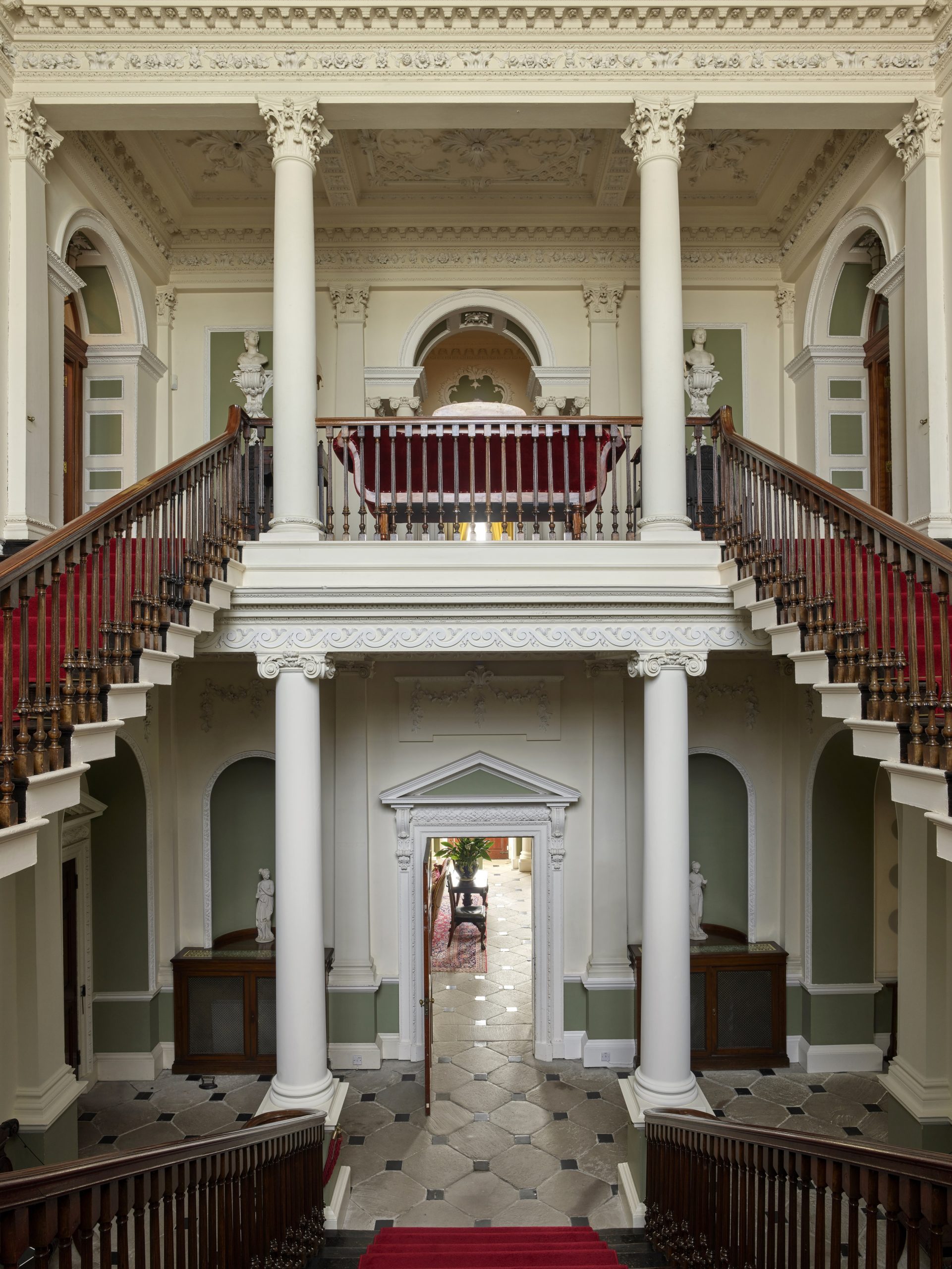
The Cliftons owned Lytham — originally a Viking settlement and, in the Middle Ages, the site of a small priory, a dependency of Durham Cathedral Priory — for more than 350 years from 1606 until 1963. Sir Cuthbert Clifton bought the estate for £4,300 from his kinsman Lord Sefton, building the first house on the present site in the early 17th century. Its landscape then was mainly sand dunes on the coast, with watery meres inland. The Cliftons, like the Seftons at the time, were recusants, and Catholicism remained strong throughout the Fylde area of Lancashire. It was, indeed, the birthplace of Cardinal Allen, founder of the English col- lege at Douai, which had been one of the springboards of the English Counter-Reformation.
Excluded by their religion from public life, as were many of their Catholic neighbours, the Cliftons devoted themselves to the development and improvement of their estate, gradually becoming one of the richest landed Catholic families. In the 18th century, they were in the forefront of agricultural improvement, draining the land to create first-rate farms and carrying out extensive tree planting. In the 19th century, agricultural wealth was augmented by successful building development. The resort town of Lytham was laid out to a spacious plan with an open common along the front, punctuated by a windmill and late-Georgian villas and terraces of brick and stone in the Picturesque manner pioneered by Nash, a programme that was blessed with success after the railway came in 1846. The station served both the house and town, so a new front gate in the form of a triumphal arch was added, opposite the station, and a new drive laid out by Edward Kemp, the Liverpool land- scapist, in the 1850s, reflecting the increasing importance of the town and the train.

Much of the urban development was the brainchild of the Clifton land agent Thomas Fair (after whom the suburb of Fairhaven was named). In 1875, the sand dunes to the north were sold to the Hargreaves, a mill-owning family from east Lancashire, on 999-year building leases to create the new town of St Annes, called after a chapel-of-ease built there by the Cliftons and developed as a red-brick suburban grid with several golf courses.
Exquisite houses, the beauty of Nature, and how to get the most from your life, straight to your inbox.
Increased wealth after the mid 19th century loosened the Cliftons from their solid Catholic Lancashire roots. In the 1830s, they conformed to the Established Church and married into such aristocratic families as the Lowthers and Beauclerks. A Scottish sporting estate, Kildalton Castle, was acquired and the family became increasingly absentee at Lytham. John Talbot Clifton, who owned the hall from 1882–1928, was one of a group of eccentric Victorian upper-class British explorers, spending much of his thirties and forties in North and South America, Africa and even Siberia, where a species of wild sheep was named after him.
Many such Victorian travellers were psychological misfits, as in the case of the ‘Yellow’ Earl of Lonsdale, who adopted travel as an escape and an outlet for unconventional interests. Others of their ilk were Sir William Drummond Steuart of Murthly, Perthshire, who studied the American Plains Indians in the 1830s and 1840s, and Maurice Egerton of Tatton in Cheshire, who lived largely in East Africa in the early 20th century.
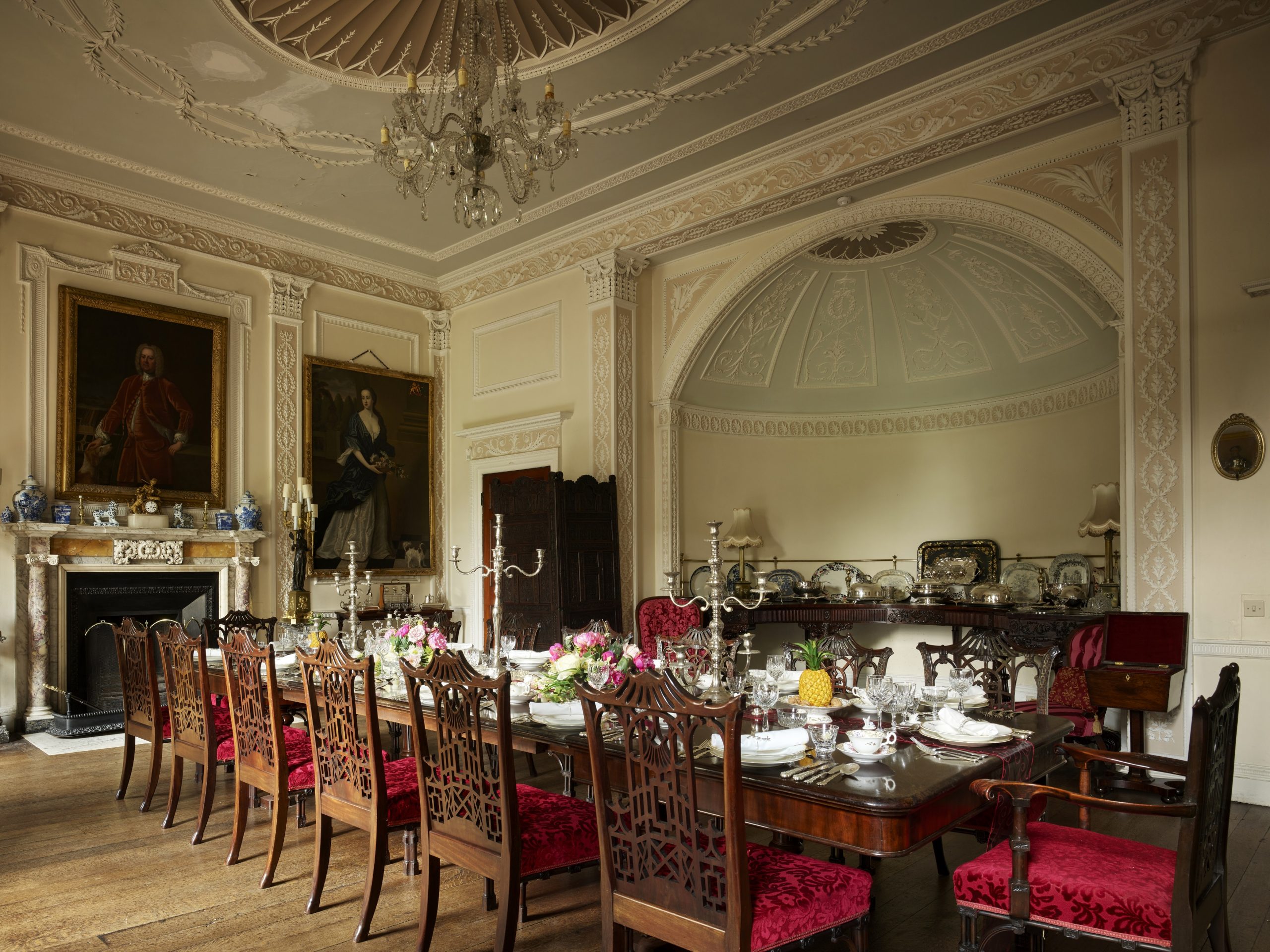
The Clifton absenteeism prevented Geor-gian Lytham being altered and the only Victorian addition is the billiard room, built out on iron stilts onto the rear courtyard at mezzanine level in 1885 and now a period piece, with its original Burroughes & Watts table and good heraldic glass in leaded windows. After the marriage of John Talbot Clifton to Violet Beauclerk — they had met on his travels in Peru where her father was the British Consul — the couple moved to Lytham in 1907. He had inherited it in 1882 at the age of 14 from his grandfather. Their eldest son, Henry, was born in London in 1907; four more children were born subsequently at Lytham. Clifton died in 1928 in the Canaries, after he and Violet had embarked for Timbuktu.
The entail expired with John Talbot’s death, and Henry, the new owner, unconstrained by trustees, devoted the rest of his life to squandering his inheritance, only visiting Lytham occasionally. In 1937, when he married an American starlet Lillian Griswold, an Art Deco bathroom was installed (Fig 6), but the only real change was the piecemeal sale of the contents. At the time of his short-lived marriage, he acquired Rufford Abbey in Nottinghamshire with the idea of converting it into film studios, a northern Elstree, but that came to nothing. Other extravagances included the permanent maintenance of hotel suites at the Dorchester and Ritz in case he felt tired in London and he indulged tastes for Fabergé and Renoir.
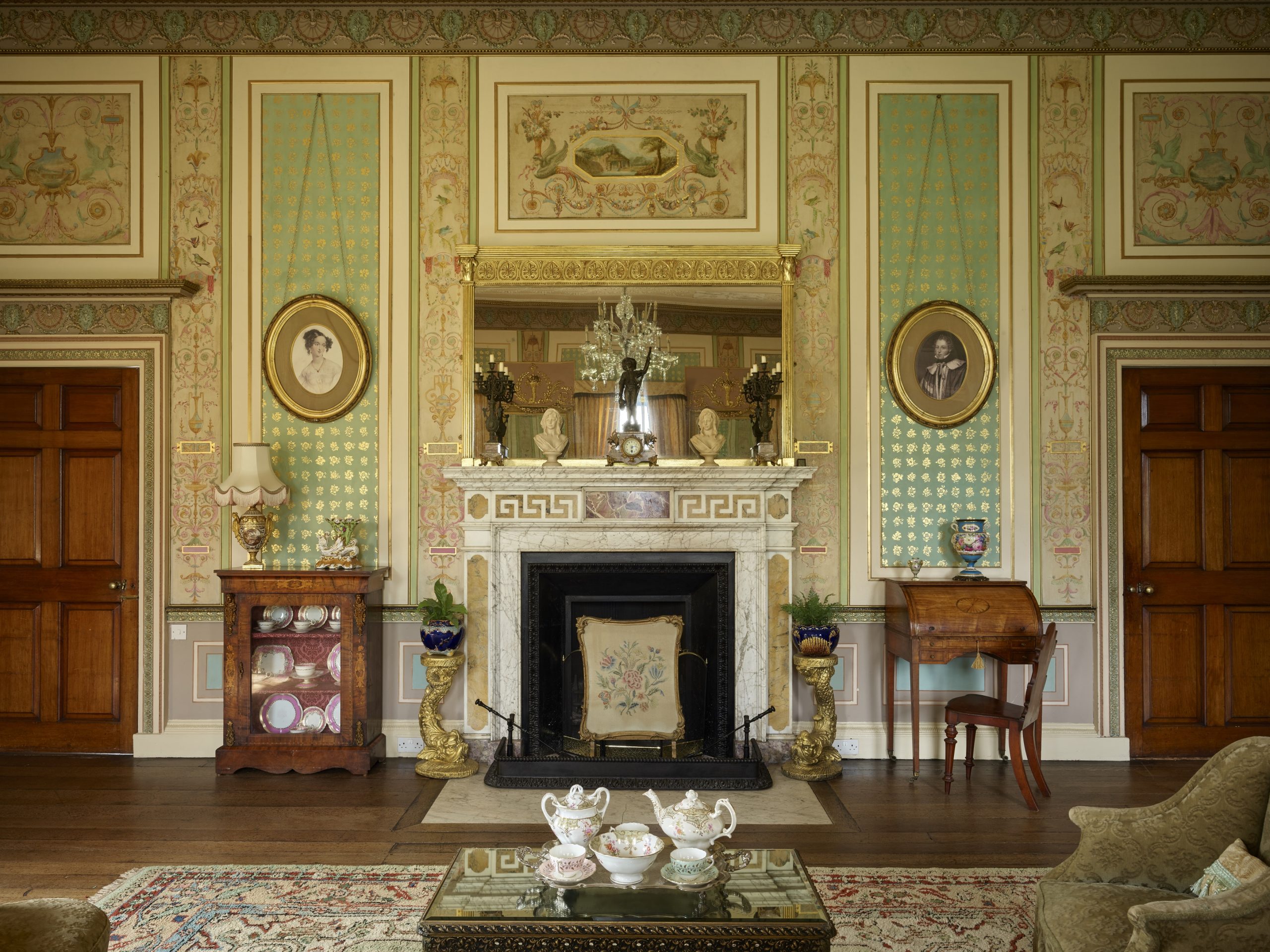
Kildalton was allowed to fall into ruin and remains a roofless shell, a fate that Lytham avoided largely due to Violet, who moved back into the house on her own in 1957 and converted the upper floor into sitting and dining rooms for her own use, doughtily defending as much as she could of the family portraits and Gillow furniture on the ground floor until she died in 1961. She was a formid-able character. Evelyn Waugh, who visited in 1935, chiefly remembered her telling off the post boy for whistling as he cycled up the drive. Waugh also noted that the Cliftons were ‘all tearing mad’.
Faced with an incorrigible wastrel of a son sinking into debt and perdition, Violet had become a nun as a Franciscan Tertiary, living for some years in the convent of the Poor Clares at Arundel in West Sussex, which had been founded by Flora, Duchess of Norfolk, a Clifton relation, in 1876. She wrote a prize-winning biography of her husband, The Book of Talbot, before her twilight return north in the 1950s. A few architectural historians, such as Ivan Hall, who visited the house in the late 1950s, found it still well maintained.
Violet’s rear-guard action to save the house in the family came to an end after her death, when the Guardian Assurance Com-pany (the Guardian Royal Exchange from 1968) foreclosed on her son’s mortgage and took possession of the house in 1963, together with the remaining contents and vestigial surrounding land. This, in the event, was providential. The company sold off some land for housing development and built a large new office block on the edge of the town, which contained what was then the largest computer in the world. It used the hall as a national headquarters, with neon-lit offices on the upper floors and the ground floor being used for corporate entertaining, still with the Clifton family portraits on the walls; it also spent large sums of money on re-roofing and structural repairs.
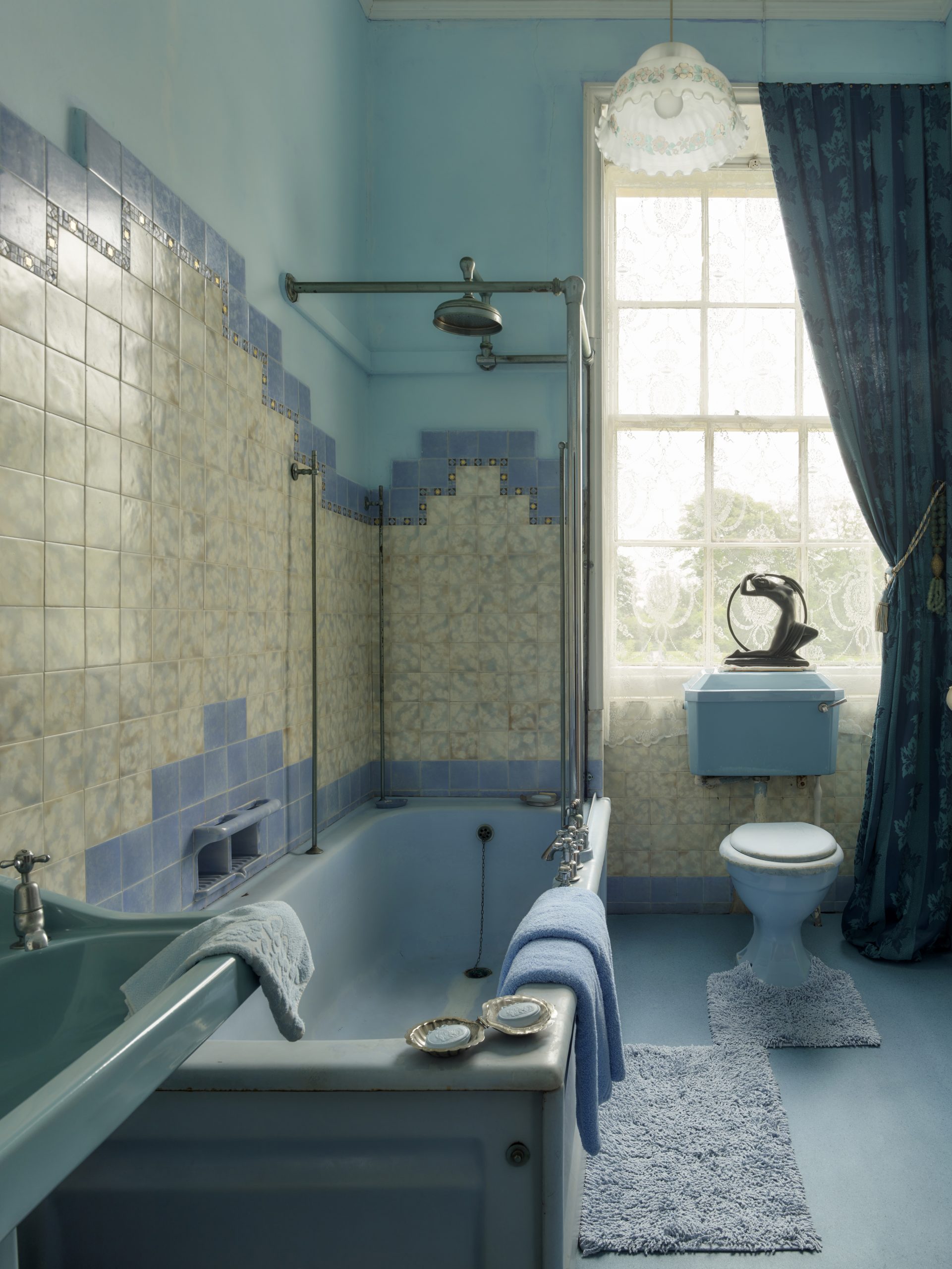
The Guardian Royal Exchange ownership was crucial in carrying the house through the dangerous 1960s and cash-strapped 1970s. As so often with corporate involvement in country houses — Appleby Castle in Cumbria, for instance — the 1960s corporate role owed much to the enthusiasm of senior management at the time and a later generation often took a more hard-headed commercial approach. Thus it was at Lytham and, by the 1990s, it was clear that the Guardian Royal Exchange wished to give up the place. The National Trust was approached, but was deterred by the lack of an endowment, the partial loss of contents and modern development on the fringes of the park.
In the event, Lytham Hall was rescued by the town. It is a stirring and heartening tale. There seems poetic justice in the fact that the Clifton family created Lytham town and, in the end, the town rescued the ancestral house. In 1997, the hall, 78 acres of land and the remaining contents were acquired by the Lytham Town Trust, an old charity that was set up for the protection of the town and its amenities. It was able to do so thanks to a grant of £1 million from British Aerospace at Warton, the main local employer.
The trust opened the house, but was hampered by lack of funds and Lytham Hall was placed on Historic England’s ‘at risk’ register. During the transitional period, the building deteriorated and an application for a Heri-tage Lottery Grant in 2016 got nowhere.

The town trust then sub-leased the property to the Heritage Trust for the North West, which, with admirable vigour, has completely restored the house and garden, amplified the contents with all the main rooms furnished (Fig 3). The top floor is now home to a series of exhibitions devoted to the history of the Benedictine priory, the Clifton family, the use of the house as a hospital in the Second World War, plus a sample office showing the commercial occupation from the 1960s to the 1990s. In the event, Lytham has been restored without a penny of Lottery money.
It is a remarkable story, entirely dependent on local funding and support, including the building up of a team of more than 300 devoted volunteers. The place now buzzes with life, encompassing a café, antique shop, garden centre, rooms for corporate entertaining and weddings and even a pig sty, with friendly rescue pigs who draw an admiring audience of children. Visitor numbers have increased from 25,000 to 200,000 a year.
The restoration work has been done to a high standard, beginning with the repair of the elevations, roof, chimney stacks and leadwork between 2018 and 2021 (Fig 1). The refurbishment of the interior began in 2021 and has involved the removal of neon lighting, radiators, the restoration of chandeliers and the serial redecoration of rooms on all floors. Purcell was the architectural firm, Nigel Leaney the paint analyst and many local craftsmen have been involved.
Work is continuing in the grounds with the restoration of the Victorian Diana Garden. In 2022, the entrance archway was restored and the flanking lodges converted into popular holiday lets. Lytham Hall is a demonstration of the viability of locally supported ‘heritage’, as well as being a beautiful 18th-century building, with grand interiors, fine craftsmanship and a historic collection of family portraits.
Visit www.lythamhall.org.uk
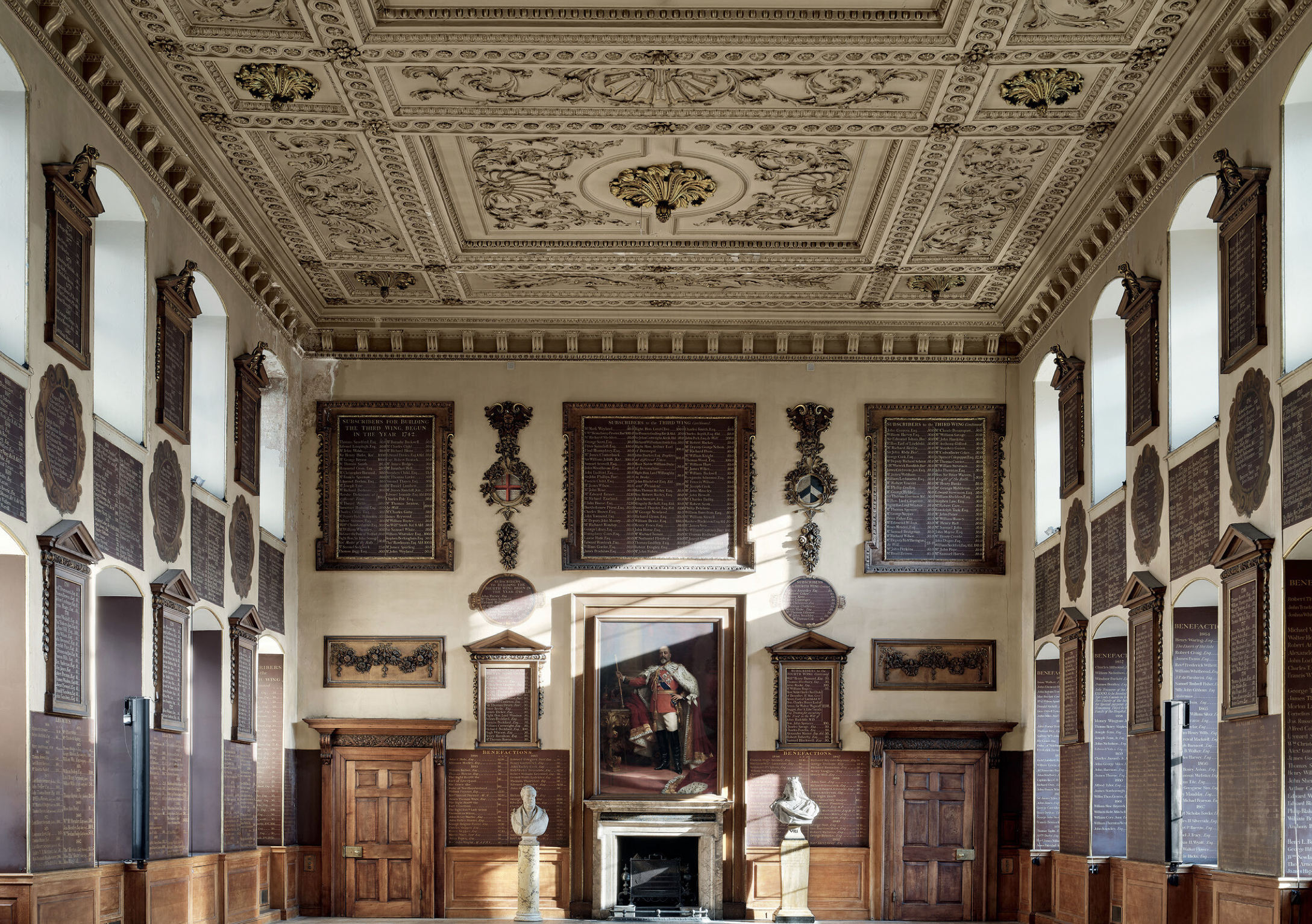
St Bartholomew’s Hospital: 900 years of service
This year, two connected institutions in the heart of London — St Bartholomew’s Hospital and St Bartholomew’s Church — celebrate

Shilstone House: A grand conception magnificently realised
Work to a new drawing room in the Jacobean style brings to completion the remarkable rebirth of Shilstone House in
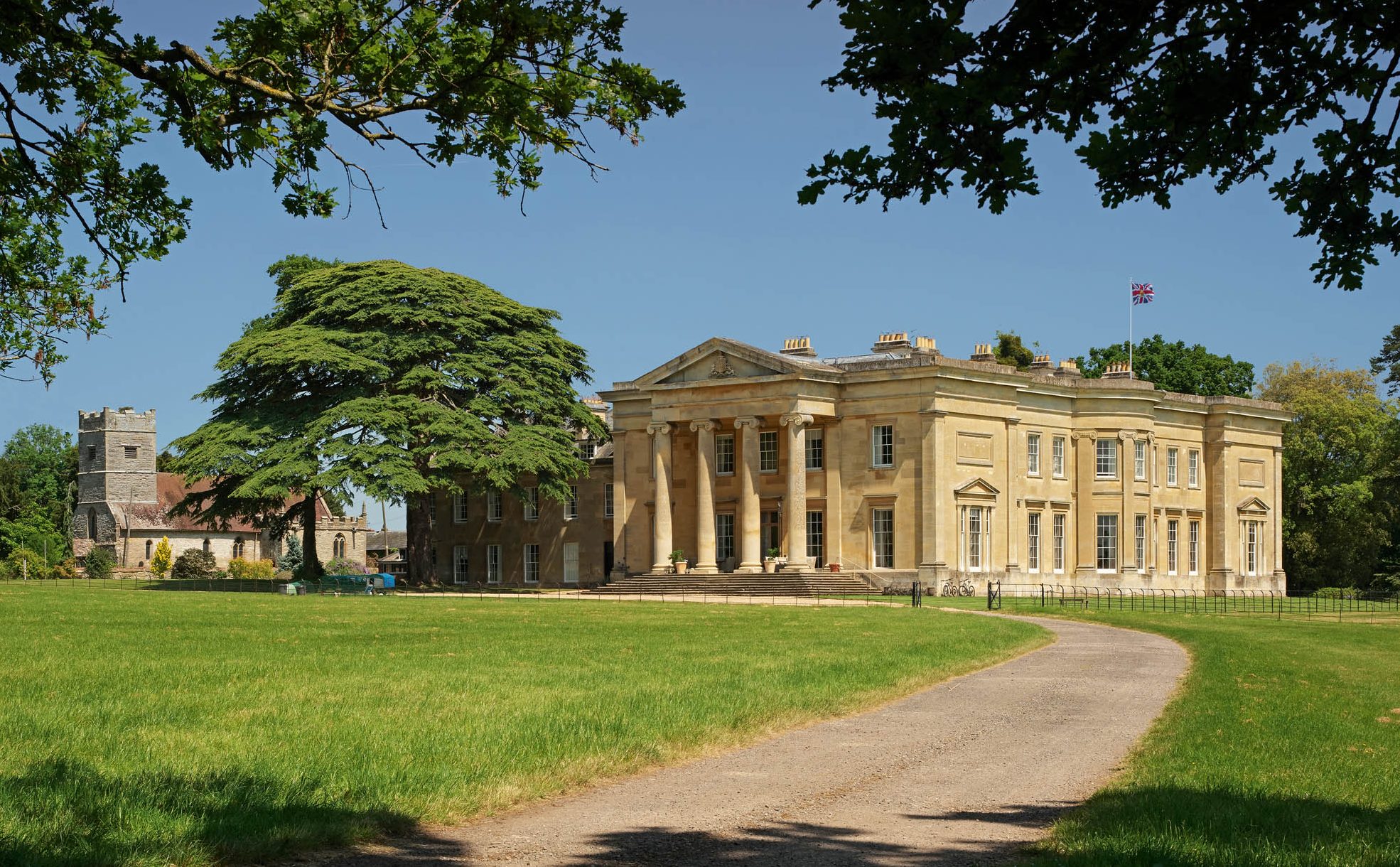
Spetchley Park: One of Britain's best-ever architectural accidents
John Goodall tells the story of how a stable was replaced by a splendid Regency seat to create Spetchley Park,
